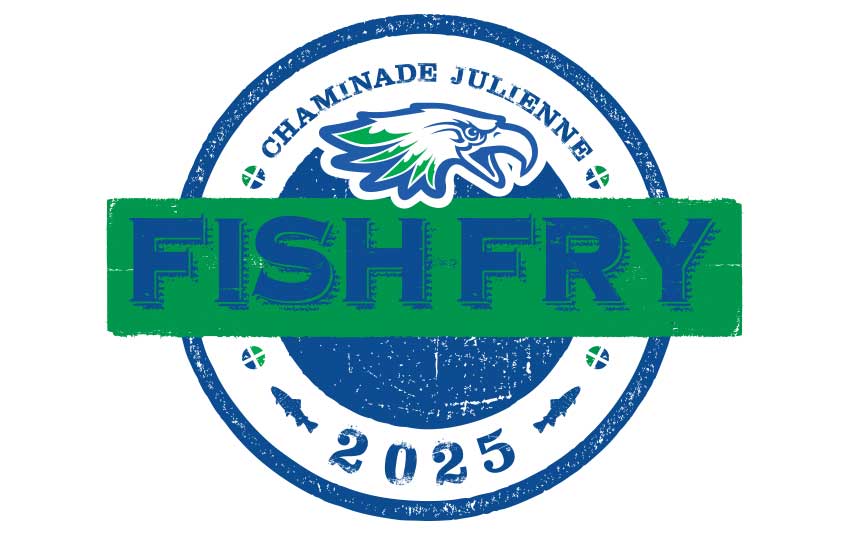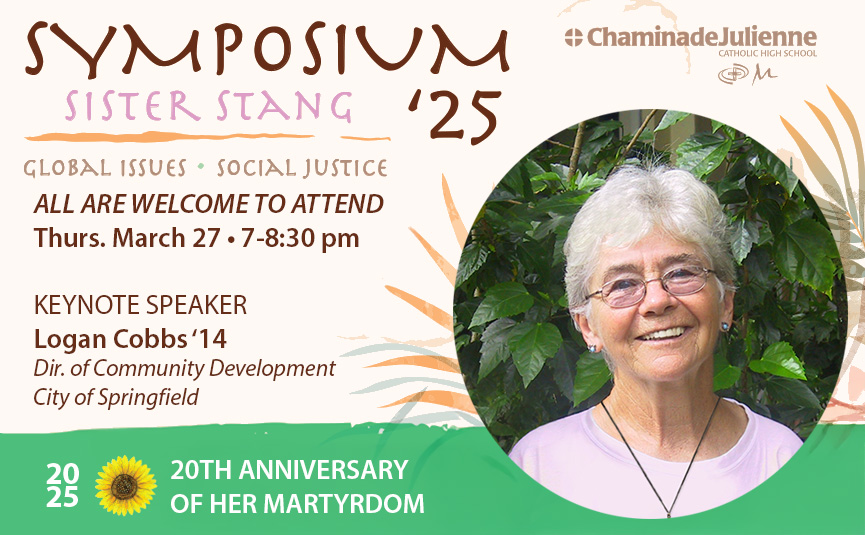MISSION
Learn Who We Are
APPLY
Become a CJ Eagle
VISIT
Plan Your Visit
GIVE
Support CJ
MUSICAL TICKETS
RSVP to this FREE Event
CJ Fish Fry
Get Tickets & Info
ADMISSIONS
VISIT
GIVE
News
Explore our Recent Headlines & What’s Happening at CJ
Meet Ayriel Dickerson ’25
When Ayriel arrived at CJ as a freshmen she had a vision for her future. As her journey unfolded, she discovered new opportunities that led her down an unexpected and fulfilling path. At CJ there is something for everyone — you may even uncover a passion or talent you never knew you had! Learn more at cjeagles.org
Five Brave Women Who Brought Catholic Education to Dayton 175 Years Ago
With Catholic School Week upon us, Chaminade Julienne Catholic High School takes the opportunity to spotlight religious...
CJ Hall of Fame Announces Nine New Members
For more than four decades, Chaminade Julienne has been celebrating the athletic accomplishments of its alumni with...

CJ Announces Ascend: $25 Million Effort
READ MORE
CJ Annual Fund 2025
Send Gift Now
Featured Events
Explore Upcoming Events Happening at CJ








